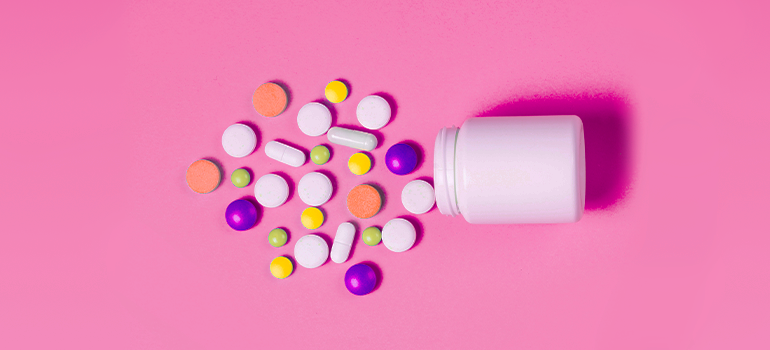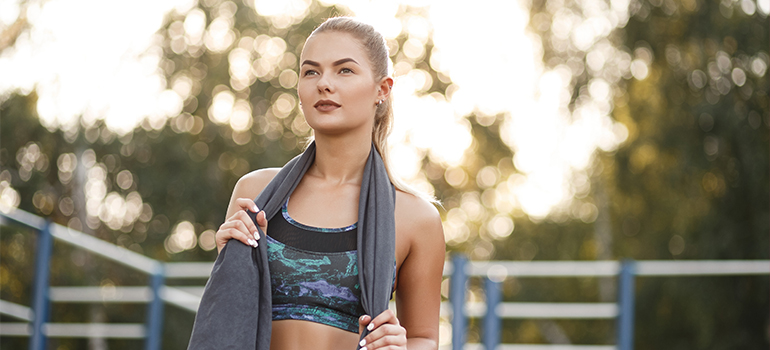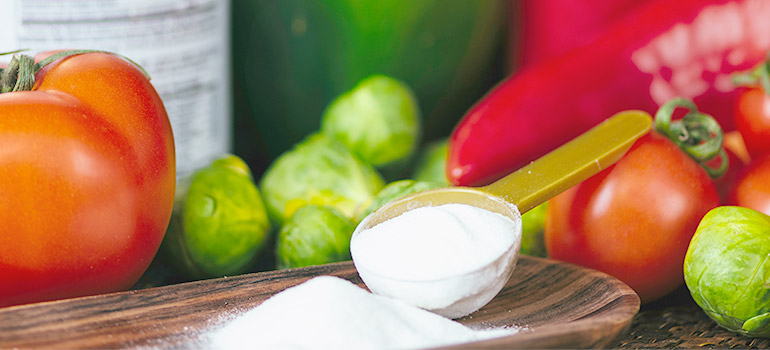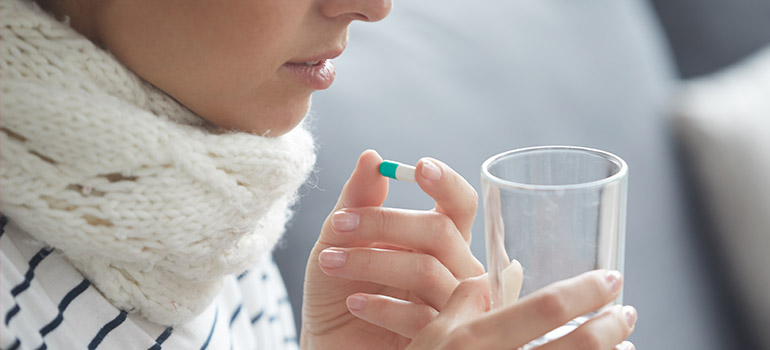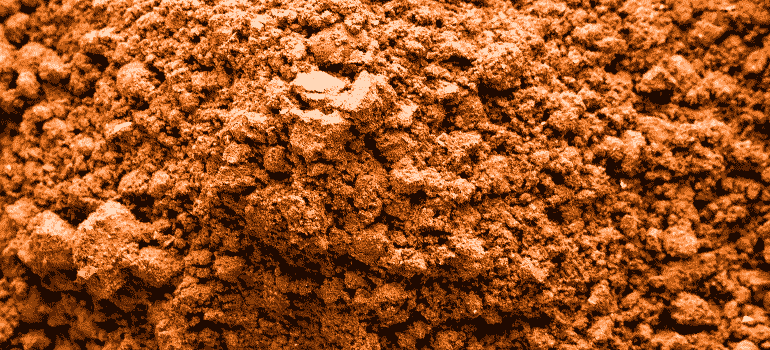Are you counting macros, ya know, proteins, fats, and carbohydrates? These energy-providing substances are known as macronutrients because you need to consume large amounts of them in order for your body to function properly.
Now, what about micros? Micronutrients include vitamins and minerals. They’re called micronutrients because we need only a small amount of them. That doesn’t mean they are smaller, and most certainly doesn’t mean they are any less important. They are essential!
Water, proteins, fats, carbohydrates, minerals, and vitamins are known as essential nutrients. We must consume them daily. Or… we die.
Now, I’m guessing you have some of the following questions:
- What vitamins should I take?
- What is the best women’s multivitamin?
- What are the best daily vitamins?
Well, I’ve got answers for you! So, let’s learn about vitamins and their functions, shall we?
What Are Vitamins?
Vitamins are organic substances necessary for development, growth, and proper functioning. As they are organic — meaning they are created by living things—they are somewhat fragile. Exposure to heat, acid, time and air can break them down.
Minerals are inorganic chemical elements found on the earth. Unlike vitamins, they’re hearty and hold their chemical structure.
We’ve got vitamins A, B, C, D, E…, and K. What happened to vitamin F and so on? Essential fatty acids (the omegas) were once known as vitamin F. And vitamin G was once the name of the B vitamin riboflavin. Over time, many vitamins have been reclassified or no longer meet the modern definition of a vitamin.
So, with the letters seeming almost arbitrary, let’s learn how vitamins are actually categorized – by how they are dissolved and taken up into the body. They’re either fat-soluble or water-soluble. With a special shout out to The National Library of Medicine (NLM) as a resource, let’s dive in!
Fat-Soluble Vitamins
Fat-soluble vitamins can dissolve in fats and oils and be stored in your body’s fatty tissue and liver. Because they can be stored, they can be saved for later use. Vitamins A, D, E, and K are fat-soluble vitamins. Vitamins B and C are water-soluble and will be discussed later.
 Vitamin A (Retinol)
Vitamin A (Retinol)
What Does It Do?
Vitamin A plays an important role in healthy vision, immunity, and reproduction. Without it, organs like your heart, lungs, and kidneys wouldn’t be able to function properly.
Ever heard of Retin-A? It is derived from vitamin A, which happens to be one of the best vitamins for your skin. It is so effective because it promotes cell turnover in the skin, fading dark spots, improving texture, and shrinking pores.
Where to Find It?
You can find vitamin A in a wide variety of foods:
- Beef liver and other organ meats. If that seems a little unsavory to you, don’t worry, there’s more!
- Salmon and some other types of fish.
- Colorful vegetables like leafy greens, orange carrots, yellow squash, etc.
- Fruits, including cantaloupe, apricots, and mangos.
- Dairy products are one of the main sources of vitamin A for Americans.
- Fortified foods like breakfast cereals.
Am I Getting Enough?
Vitamin A deficiency is rare in developed countries, so you shouldn’t have to worry. Continue eating all of those colors!
 Vitamin D
Vitamin D
What Does It Do?
Vitamin D helps the body absorb calcium, and that calcium keeps your bones strong. It also helps move muscles, carry nerve messages, and fight off invading microbes.
Mushrooms are one of the few non-animal sources of vitamin D. Wanna know something cool? Exposing mushrooms to ultraviolet light can boost their Vitamin D content!
Where to Find It?
Interestingly, Vitamin D is found naturally in very few foods. You’ll most likely find the most vitamin D in fortified foods. You probably already knew that your body can produce vitamin D when exposed to sunlight. But we want you protecting your skin from the sun, so keep eating the foods below!
- Fatty fish such as salmon, tuna, and mackerel are among the best sources (because vitamin D is fat-soluble).
- Beef liver, cheese, and egg yolks provide small amounts.
- Almost all of America’s milk supply including cow’s milk and plant-based types of milk are fortified with vitamin D. But dairy products like cheese and ice cream are usually not fortified.
- Vitamin D also is added to many other foods, like breakfast cereals. Just check the labels. (You’re always checking the nutrition labels anyway, right? Wink, wink.)
Am I Getting Enough?
Get your blood levels of vitamin D checked by your doctor! Vitamin D deficiency is common. Certain groups of people are at risk for not getting enough vitamin D. They include:
- Breastfed infants. Women who are breastfeeding should be aware that human milk is a poor source of vitamin D.
- Older adults. Our bodies lose their efficiency in creating vitamin D when exposed to sunlight as we get older.
- People with darker skin. Dark skin is less able to produce vitamin D from the sun.
- People with disorders such as Crohn’s disease or celiac disease. These diseases interfere with the body’s ability to absorb vitamin D.
- Obese people. Excessive body fat can bind with vitamin D preventing it from entering the bloodstream.
 Vitamin E
Vitamin E
What Does It Do?
Vitamin E acts as an antioxidant that scavenges cell-damaging free radicals from the body.
What exactly is an antioxidant? Good question. Think of antioxidants as wealthy, charitable molecules. When unstable free radicals are running around trying to steal electrons from vulnerable cells, the antioxidants step in and donate electrons. All molecules are happy and stable.
Where to Find It?
Vitamin E is found naturally in certain foods, and it’s added to some fortified foods. It’s best to get all of your essential nutrients by eating a variety of foods like the ones below:
- Almonds are an excellent source of vitamin E. So are other nuts and seeds, like peanuts, hazelnuts, and sunflower seeds.
- Sunflower oil and other vegetable oils, like safflower oils and wheat germ, are some of the best sources of vitamin E.
- Green vegetables, such as spinach and broccoli, provide some vitamin E.
- Vitamin E is also added to many other products. Here’s another reminder to read your nutritional labels.
Am I Getting Enough?
Even though most American diets provide less than the recommended amount, vitamin E deficiency is rare in healthy folks. Vitamin E deficiency is usually connected with diseases where fat is not properly digested or absorbed.
 Vitamin K
Vitamin K
What Does It Do?
Vitamin K is a very important nutrient for blood clotting and healthy bones. Getting enough Vitamin K is especially important if you’re taking a blood thinner like warfarin.
The ‘K’ in vitamin K is for the German word “Koagulation.”
Where to Find It?
Like vitamin E, vitamin K is found naturally in many foods. Have I mentioned that your diet should include food from a wide variety of colors? Try some of these:
- Green leafy vegetables, such as spinach, kale, broccoli, and lettuce.
- Vegetable oils.
- Some fruits, such as blueberries and figs.
- Meat, cheese, eggs, and soybeans.
Am I Getting Enough?
Vitamin K deficiency is rare. Most people get plenty of it from the foods they eat. And, Vitamin K is created by friendly bacteria in the colon. People who have had bariatric surgery may have trouble getting enough Vitamin K.
Water-Soluble Vitamins
Vitamin C and the B Vitamins are water-soluble. Because of this, the body can’t store them, so they need to be consumed daily. You need fresh vitamins! Also, because B and C vitamins are not stored, excessive amounts pass through your body when you pee.
 The B Vitamins
The B Vitamins
What’s with all of the B vitamins?
What was previously known as vitamin B was actually made up of several distinct compounds. Similar to the letters missing from the vitamin lineup, numbers are missing from the B vitamins because they are no longer considered true vitamins. Vitamin B4 is an example of a missing B vitamin.
Without further ado, I present to you the B vitamin complex:
-
Vitamin B1 (Thiamine)
-
Vitamin B2 (Riboflavin)
-
Vitamin B3 (Niacin)
-
Vitamin B5 (Pantothenic Acid)
-
Vitamin B6 (Pyridoxine)
-
Vitamin B7 (Biotin)
-
Vitamin B9 (Folate)
-
Vitamin B12 (Cyanocobalamin)
These vitamins help turn the food you eat into energy. Raise your hand if you need more of that stuff! They also help form red blood cells.
You can get B vitamins from:
- Proteins such as fish, poultry, meat, eggs, and dairy products.
- Leafy green vegetables, beans, and peas.
- Many cereals and some breads are fortified with B vitamins.
Most Americans get adequate amounts of B vitamins from their diets. Not getting enough of certain B vitamins can cause diseases. For example, a lack of B12 or B6 can cause anemia.
 Vitamin C (Ascorbic acid)
Vitamin C (Ascorbic acid)
What Does It Do?
Similar to vitamin E, vitamin C works as an antioxidant. It helps to protect cells from ravaging, electron-swiping free radicals. Vitamin C also helps promote healing. It’s needed to make collagen, an important protein required for healing wounds.
Vitamin C improves your body’s ability to absorb iron, so the two are often paired up. And, it plays a role in immunity. Vitamin C to the rescue!
Where to Find It?
Look to your produce sections for the best sources of vitamin C. Taste the fruit and vegetable rainbow! Have you tried the LadyBoss® Rainbow Detox? It’s a great way to boost your palate and eat more foods of different colors.
- Reds/Pinks: Tomatoes, strawberries, and grapefruit
- Oranges: Well, oranges! And cantaloupe, papaya, mango, and sweet potatoes
- Yellows: Pineapple and squash
- Greens: Peppers, broccoli, and kiwi fruit
- Blues: Blueberries
- Purples: Raspberries and acai berries
- Whites: Potatoes and cauliflower
Remember that vitamins are organic substances. They’re susceptible to damage over time and when subjected to heat, like when cooked. Go for raw goodness when you can!
Am I Getting Enough?
Most people in the United States get enough vitamin C from what they eat and drink. Certain groups of people, however, are more likely than others to have trouble getting enough vitamin C:
- Smokers and those exposed to secondhand smoke. People who smoke need 35 mg more vitamin C per day than nonsmokers.
- People who eat a very limited variety of food. You picky eaters out there, y’all know who you are.
Supplemental Vitamins
If for any reason you are not able to consume a wide variety of nutrients, or if you have genuine nutrient deficiencies, vitamin supplements may be helpful. Talk to your doctor. Your doctor may also recommend supplemental nutrients if you are pregnant, planning on becoming pregnant, or are breastfeeding.
In general, eating a wide variety of whole foods in their most natural state is the BEST way to obtain vitamins.
Why?
“Nutrients are most potent when they come from food.”
- Foods provide the highest quality of vitamins since they’re not degraded through processing and time sitting on shelves.
- Foods provide benefits of other nonessential but beneficial nutrients, such as phytonutrients.
- Foods provide the best absorption, as some vitamins require minerals and/or fats for absorption.
- Food is often less expensive than supplements.
- Food tastes better than most supplements unless we’re talking about LadyBoss® LEAN, which literally tastes like vanilla cake.
Since I brought it up, let’s talk about LadyBoss® LEAN and other meal-replacements. Do they have their place in a healthy lifestyle? Absolutely!
Healthline lists the following benefits of using meal-replacement shakes:
- They may help you avoid unhealthy meals.
- They provide nutrients that traditional diets may be lacking.
- They may help you lose weight faster.
- Some are high in protein, which helps with weight loss.
Limiting caloric intake is a critical aspect of weight loss. Quality meal replacements pack high nutritional value into low-calorie shakes. LadyBoss® LEAN is unique because it’s a premium-protein, all-in-one nutritional shake mix scientifically-formulated for women. And, again, it freakin’ tastes like vanilla cake!
Takeaway Points:
- We, humans, have six essential nutrients: water, the three macronutrients, minerals, and vitamins.
- Vitamins are either fat-soluble (vitamins A, D, E, and K) or water-soluble (the vitamin B complex and vitamin C).
- The very best way to obtain and absorb vitamins is through a nutrient-dense diet.
- Some populations may benefit from supplemental vitamins. Talk to your doctor.
- High-quality meal replacement shakes can be a beneficial way to get all of your nutrients and keep calorie-intake low.


